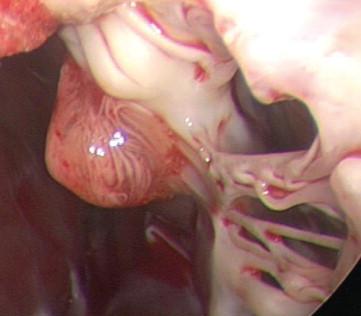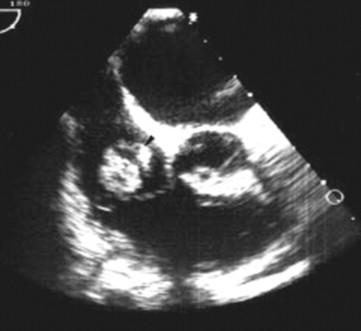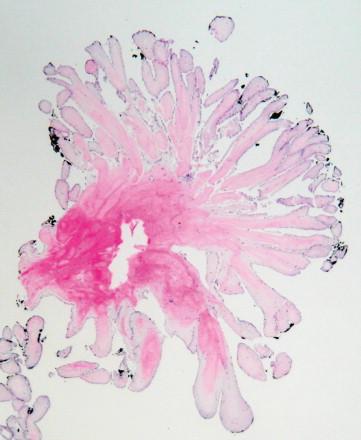Physical Address
304 North Cardinal St.
Dorchester Center, MA 02124
Primary cardiac valve tumors are rare and comprise about 10% of all cardiac tumors, which are rare themselves. The most common tumors are papillary fibroelastoma followed by myxoma and fibroma . Extremely rare are hemangioma, sarcoma, and histiocytoma.
In asymptomatic patients the diagnosis is suspected often incidentally during a systematic echocardiography. In symptomatic patients, stroke or myocardial infarction attributable to peripheral embolization and congestive heart failure due to valvular dysfunction are the most common manifestations. Surgery is recommended in symptomatic as well as asymptomatic patients with left-sided tumors because of the high risk of embolization.
Cardiac papillary fibroelastoma is the most common tumor arising from cardiac valves (75%), accounting for 7% to 8% of all cardiac tumors. These are benign, small, and avascular tumors often involving the left-sided valves with the aortic valve affected more commonly than the mitral valve. The non–coronary leaflet of the aortic valve and the anterior mitral leaflet are the most common locations of this tumor. In the latter case, the tumor can develop at the level of the valvular tissue or the chordae ( Fig. 34-1 ). The tricuspid valve is rarely involved ( Fig. 34-2 ), the pulmonary valve exceptionally. Left-sided tumors have a tendency for cerebral and retinal embolization.


The diagnosis is made by echocardiography and/or magnetic resonance imaging, which often shows a solitary, mobile mass attached to a leaflet by a short pedicle. Gross pathological analysis reveals the tumor to have the appearance of a sea anemone with multiple papillary fronds. Upon histological examination, the tumor presents with a central core of dense connective tissue ( Fig. 34-3 ). The central core is surrounded by a layer of hyperplastic endocardial cells, connective tissue, and elastic fibers. The tumor is approached by aortotomy or left or right atriotomy after cardioplegic arrest to avoid embolization. The removal of the tumor can be carried out either by shaving it off the endocardial surface of the valve leaflet, whenever the tumor is pedicled, or by excision of the leaflet tissue attaching the tumor. In the first scenario, we recommend treatment of the area of implantation with a drop of glutaraldehyde 0.6% during 2 minutes followed by generous rincing to avoid recurrence. In the second scenario, the leaflet is reconstructed using a glutaraldehyde-treated autologous pericardial patch. The risk of recurrence is extremely low after complete excision of this tumor.

Become a Clinical Tree membership for Full access and enjoy Unlimited articles
If you are a member. Log in here